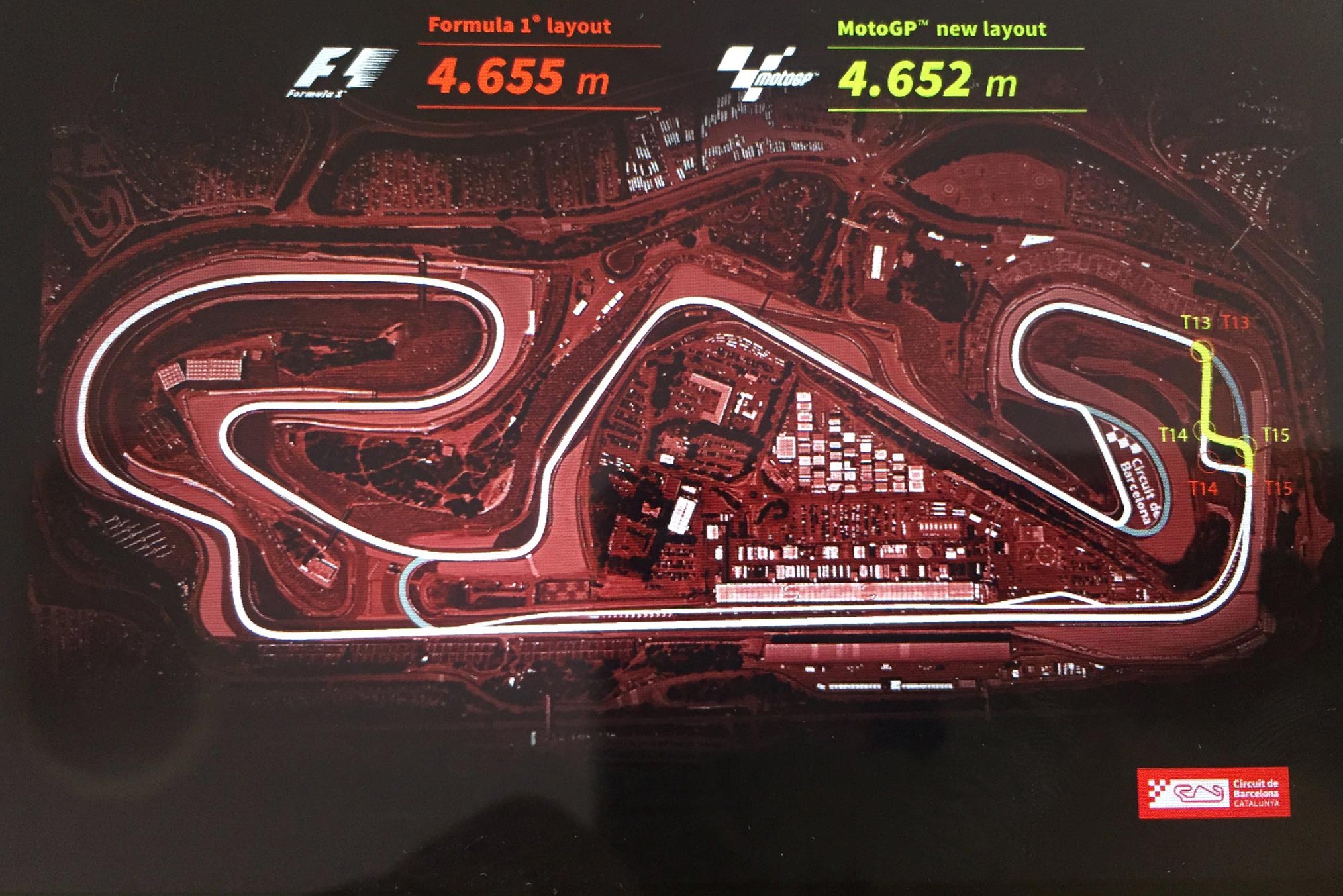

You have to think you're really going to achieve something, not just make the cars look nicer. “If you have very stable regulations you tend to get convergence of performance and when you disrupt there is always a danger that you will destroy that convergence,” he says. Over time the rules slowly get closer to what is ideal. “For any set of regulations, there is ultimately one perfect answer,” Symonds says. Symonds remains confident that the 2022 rules will achieve their aims. If the new breed of F1 machines can run in close quarters and produce entertaining racing, they will be loved if they fail to do so, the clean sweeping lines and aggressive styling will not save them from censure. Ultimately, the look of the car will be secondary to how it performs on-track.

“ if we're lucky enough to make a good one, I will be deeply in love with it and think it was the most beautiful thing that was ever spawned by man,” he says, adding that “the aesthetics of these things is hugely subjective and very far from constant.” However, Allison is not sold on the 2022 car’s appearance.

This is perhaps a reaction to past instances when rules changes have spawned objectively unattractive machines, such as the bizarre ' platypus nose' cars that appeared in 2012. I can't give any guarantees, but I can say that a lot more effort has been put into trying to close loopholes than ever before.”įor the first time, there has also been a concerted effort to legislate the look of the cars. “We learned that we needed to be very rigorous in trying to break these regulations. “We've learned from that,” says Symonds, who was technical director for Renault at the time.

This allowed Brawn GP and Jenson Button to dominate the early part of the season and ultimately clinch the world championship. When the sport’s rules were overhauled in 2009 with the aim of significantly reducing downforce, three teams discovered and exploited a loophole. While they are supportive of the noble aim, once it gets down to the task of trying to make your car better than everyone else's, lap time is all that counts.”Īllison alludes to the possibility that teams will find a way around the new regulations and nullify the intended improvements. “The wit and skill of, in creating this quite restrictive layout, is now pitted against the wit and skill of the combined mass of aerodynamicists in the pit lane. “You're not worrying about the aerodynamic wake of the cars.” “I spent 40 years as a competitor and I know perfectly well that your ambition is to produce the fastest car you can, put it on pole position, lead every lap of the race and not bother about anything behind you,” says Symonds, a key figure in the Benetton/Renault team that won world titles with Michael Schumacher and Fernando Alonso. The project has been led by Pat Symonds, who after a long career working with a variety of teams became Formula 1's chief technical officer in 2017. The changes include a complete overhaul of the technical regulations which will visibly alter the way the cars look and, it is hoped, allow for much closer racing between them. This is one of several long-discussed issues that the sport hopes to tackle next year through a major shakeup of its rules. What sounds like a truism is in fact a very neat description of something that has dogged F1 for decades: the lack of overtaking. Take his observation that “catching is one thing, passing is quite another”. The genius of the late Formula 1 commentator Murray Walker lay in his ability to distil a hugely complex sport into simple, memorable statements.


 0 kommentar(er)
0 kommentar(er)
